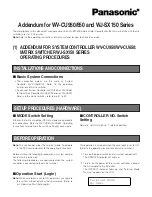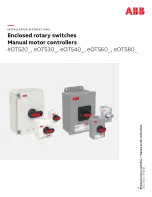
Cabling and Connector Specifications
T1/PRI interface specifications
MAX TNT Hardware Installation Guide
B-3
T1/PRI CSU requirements
Your T1/PRI requirements depend on whether a T1/PRI port on the MAX TNT unit is
equipped with an internal channel service unit (CSU).
Port with internal CSU
If a T1/PRI port on the MAX TNT unit has an internal CSU, you can connect the port directly
to the metallic interface of the WAN. To avoid harming the WAN, you must contact your
carrier for approval before installation. Once you install the MAX TNT unit, you must notify
the carrier before disconnecting the unit from the WAN. If you disconnect or turn off the unit
without prior notification, the carrier might temporarily discontinue your T1/PRI service.
A MAX TNT unit’s internal CSUs are compatible with wet-loop and dry-loop T1/PRI lines
and with span-powered or wet-loop powered T1/PRI lines.
Port without internal CSU
A T1/PRI port of the MAX TNT that does not have an internal CSU cannot connect directly to
the WAN. You must connect the port to other equipment that provides the interface to the
WAN (for example, an external CSU). Your carrier determines the correct value for the line
buildout setting of the CSU. You configure this parameter during installation. (For more
information, see the APX 8000/MAX TNT Reference.)
Table B-2 lists CSU specifications.
Table B-2. CSU specifications
Information
Value
CSU registration
2CZUSA-74421-DE-N
Critical circuitry power source
Dry loop from local ac power source
Line capture frequency
1.544Mbps ± 200bps
Line code
AMI or B8ZS
Line framing
D4 or ESF
Line input/output impedance
100 ohms ± 5%
Received signal level range
DSX-1 level to -36dB
Transmitted signal level
DSX-1 level into 100 ohms
Line buildout
0.0, -7.5, -15.0, or -22.5dB
Pulse density and consecutive zeros
enforcement
In accordance with requirements of AT&T
Pub 62411
Line loopback (LLB) set inband code
(10000) repeating binary pattern
Line loopback (LLB) reset inband code
(100) repeating binary pattern
















































